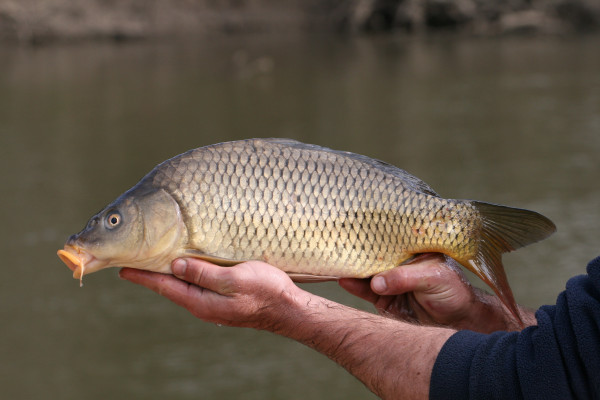WATER advocacy group Speak Up has renewed calls for more action to address the environmental damage caused by European carp.
Speak Up deputy chair Lloyd Polkinghorne said this damage had been more evident following recent flooding, which rapidly accelerated carp breeding.
“We are seeing damage across our river systems following the explosion of carp numbers,” Mr Polkinghorne said.
“We are receiving constant complaints about water quality from those who live and breathe our waterways, with carp being largely blamed.
“They are known as rabbits of the river.
“But, unlike when we had rabbit plagues last century and there was significant government effort to control the problem, with carp it seems to be a case of out of sight, out of mind.
“For the sake of our river environments, this attitude needs to change.”
Fisheries ecologist Ivor Stuart, of Charles Sturt University, said carp accounted for up to 90 per cent of live fish mass in some rivers.
Carp were first introduced in the 1800s but it was only with the Boolarra strain that populations exploded in the basin in the early 1970s.
Assisted by flooding in the 1970s, carp have since invaded 92 per cent of all rivers and wetlands in their present geographic range. There have been estimates of up to 357 million fish during flood conditions. This year, this estimate may be exceeded.
“Concerned communities are wondering whether it is, at last, time for Australia to unleash the carp herpes virus to control populations – but the conversation among scientists, conservationists, communities and government bodies is only just beginning,” Dr Stuart said.
“Globally, the carp virus has been detected in more than 30 countries but never in Australia.
“There are valid concerns to any future Australian release, including cleaning up dead carp, and potential significant reductions of water quality and native fish.”
Dr Stuart compared the impacts of carp to a “house of horrors” for rivers.
“They cause massive degradation of aquatic plants, riverbanks and riverbeds when they feed,” he said.
“They alter the habitat critical for small native fish, such as southern pygmy perch. And they can make the bed of many rivers look like the surface of golf balls – denuded and dimpled, devoid of any habitat.
“Most strikingly, this feeding behaviour contributes to turbid rivers, reducing sunlight penetration and productivity for native plants, fish and broader aquatic communities.”
After six years of development, in 2022 the Federal Government handed down its highly anticipated National Carp Control Plan, including a report into the efficacy of the carp herpes virus.
The virus is believed to be capable of almost wiping out or at least significantly reducing the numbers of the invasive species.
It recommended further research was needed before releasing the virus into rivers.
In a statement, the Department of Agriculture, Fisheries and Forestry said no decision had been made on whether to release the virus.
“Although the NCCP report provides insights into the feasibility of the carp virus as a biocontrol agent, there remain uncertainties regarding the efficiency and effectiveness of the virus in safely removing carp from Australian waterways,” the statement said.







